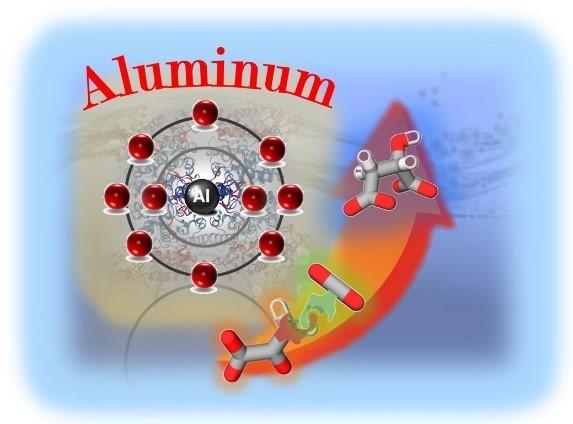Osaka City University discovers metal ions as key component in exploring the use of CO2 as a raw material through artificial photosynthesis.

Credit: Yutaka Amao, Osaka City University
Osaka, Japan – Carbon dioxide (CO2) levels are rising and our planet is heating up. What do we do? What if we used this excess CO2 as a raw material to produce things we need – similar to how plants use it to produce oxygen.
This is one thing artificial photosynthesis has set out to do.
Artificial photosynthesis is a chemical process that mimics the natural process of photosynthesis to convert sunlight, water, and carbon dioxide into useful things like carbohydrates and oxygen. The problem is that current technologies can only produce molecules with 1 carbon atom. These molecules are too weak to be used for the production of more complex materials. Standard experimental conditions have not been stable enough to allow for molecules with bonds of more than one carbon atom to form.
New research at Osaka City University has found that simply adding metal ions like aluminum and iron was enough to allow the production of malic acid, which contains 4 carbon atoms. The study appeared recently online in the New Journal of Chemistry published by the Royal Society of Chemistry.
“I was surprised that the solution was found in such a common thing as aluminum ions” said lead author Takeyuki Katagiri.
“Our goal is to create groups of molecules with as many as 100 carbon atoms” added supporting author Yutaka Amao. “Then we can finally explore possibilities of using CO2 as a raw material.”
###
We are Osaka City University – the oldest research university in Osaka. With 9 undergraduate faculties and 11 graduate schools all dedicated to making urban life better, energy cleaner, and people healthier and happier, we have won numerous awards and have produced 2 Nobel laureates. For more information, please visit our website at https:/
Media Contact
James Gracey
[email protected]
Original Source
https:/
Related Journal Article
http://dx.




